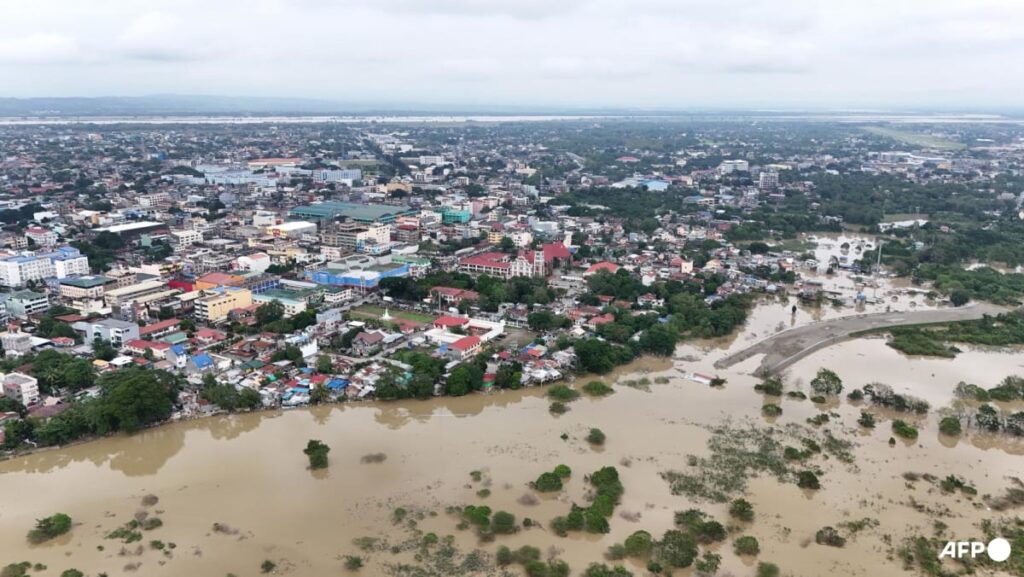In the coastal town of Baler in Aurora province, clean-up operations were underway to remove felled trees and debris blocking roads and waterways.
“Most of the houses here are made of light materials so even now, before the inspection, we are expecting heavy damage on many houses in town,” disaster officer Neil Rojo told AFP.
“We’ve also received reports of roofs that went flying with the wind last night … it was the fierce wind that got us scared, not exactly the heavy rains.”
STORM WEAKENS
Man-yi weakened significantly as it traversed the mountains of Luzon and was downgraded to a severe tropical storm as it swept over the South China Sea towards Vietnam on Monday.
More than a million people in the Philippines fled their homes ahead of the storm, which followed an unusual streak of violent weather.
Climate change is increasing the intensity of storms, leading to heavier rains, flash floods and stronger gusts.
At least 171 people in the Philippines died in the past month’s storms, which left thousands homeless and wiped out crops and livestock.
United States Defense Secretary Lloyd Austin, in Manila for talks with his Philippine counterpart and President Marcos, announced on Monday an additional US$1 million in humanitarian aid to victims of the recent storms.
About 20 big storms and typhoons hit the Southeast Asian nation or its surrounding waters each year, killing scores of people, but it is rare for multiple such weather events to take place in a small window.
This month, four storms were clustered simultaneously in the Pacific basin, which the Japan Meteorological Agency told AFP was the first time such an occurrence had been observed in November since its records began in 1951.
Read the full article here

